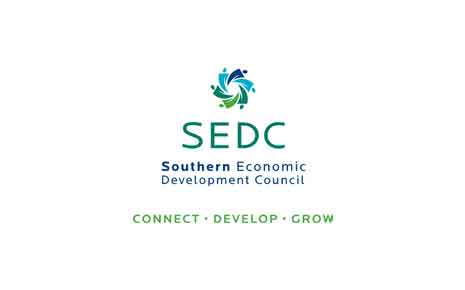Principal & Director of The Outcomes Lab
Department: Team
“Why should I give your organization money?”
When I began in this business in 1995, this is the question I was first asked to answer. Not only was this asked in my first feasibility study by a prospective donor, but from a company perspective, it became the driving question that would allow us to become leaders in the industry.
Since then, I have strived to not only address this question but improve and refine the answer. In the early days of economic development projects, it was relatively easy to answer. Since then, I have applied my approach to answering this question to virtually every type of nonprofit. The narrower term “ROI” has given way to the broader “OVP” (Organizational Value Proposition®) which is more appropriate for social missions and my focus on outcomes delivered has led to a revolution in addressing the motivations of givers, transforming them from nominal donors to major investors.
My work is not yet done. As investors in nonprofits become more sophisticated and demanding, the bar is continually being raised. Stay tuned.
Tom has worked with organizations of all kinds, from Chambers of Commerce to religious organizations, national museums to rural health networks, and local youth organizations to international research institutes. He pioneered the concept of applying return on investment (ROI) principles to nonprofit fundraising, and fundraisers have described his work as the “silver bullet” that justifies larger investments in nonprofit organizations.
Hundreds of organizations have utilized Tom’s sustainability planning techniques to ensure they can thrive in a tight money environment. He holds the Chartered Financial Analyst (CFA) designation, which provides the framework for his Investment-Driven Model™ of fundraising, and led to the development of the Organizational Value Proposition®, which is widely used by corporations, foundations, and individuals as confirmation that the nonprofits in which they invest are truly delivering outcomes with values. His specialty of utilizing for-profit concepts and methods in the nonprofit world has helped nonprofits raise over an estimated $1.6 billion in the three decades he has worked with them.
Tom is a frequent and highly acclaimed speaker, addressing topics about attracting new funders, outcome-based sustainability planning, and delivering value to investors.
Summary of Experience
- Personally involved in over 600 nonprofit funding projects in all 50 states.
- Author of the books ROI for Nonprofits: The New Key to Sustainability, Asking Rights: Why Some Nonprofits Get Funded (and some don’t), and the companion workbook, Developing Your Asking Rights.
- Holds the Chartered Financial Analyst (CFA) designation, ranged by Economist as the “gold standard” for investment analysis.
- Session leader and/or keynote speaker at dozens of conferences throughout the nonprofit sector and country.
- Founding Director of Western Colorado Bureau of Economic and Business Research at Colorado Mesa University, where he was a tenured professor.
- MS in Finance from the University of Utah and BS in Marketing from Illinois State University.







